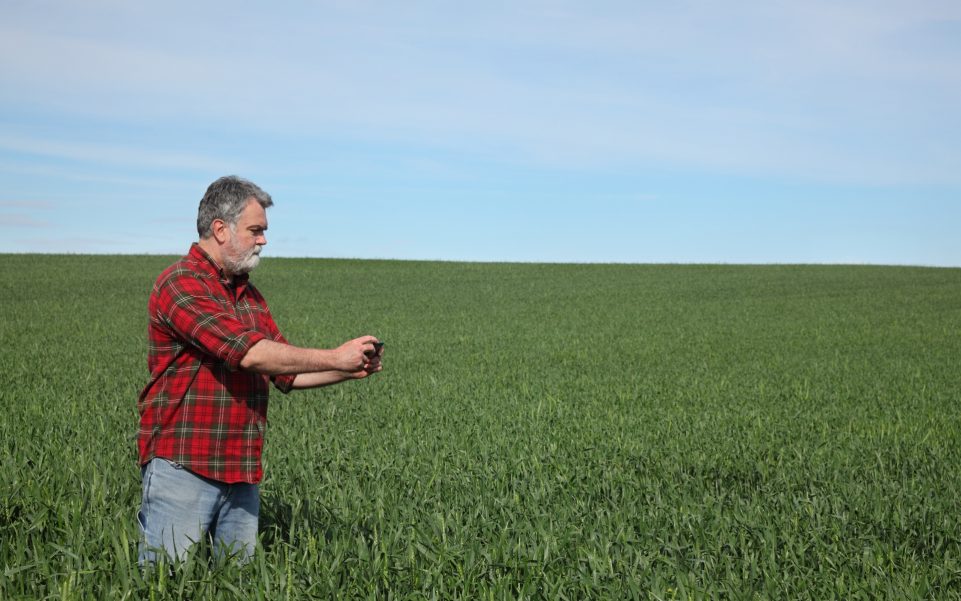Who is landlord In UK? Is it possible to become one?

Landlord is a term that originally described large feudal lords in medieval England and Scotland. With the development of capitalism, it came to describe British landowners who received ground rent from their land.
Landlordism started to emerge in the 15th and 16th centuries and played a prominent part in the destruction of feudal tenure in the United Kingdom and became one of the stimuli to capitalist relations in agriculture. Market reorientation of landlords was accompanied by a massive eviction of peasants from their lands and their migration to the cities. Therefore, this phenomenon advanced the industrial revolution, but at the same time caused a large increase in the number of beggars and escalation of social conflicts.
Over time, the meaning of the word «landlord» has undergone significant changes and today refers not only to upper-class landowners but also to any owner who is renting out their property.
Feudal landlord: Protector and Manager
In the Middle Ages, one of the dominant forms of property in England and Scotland was a manor. The manor was a feudal estate consisting of a landlord’s farmstead and several peasant villages. The lands included in the manor were divided into the following categories:
- Dominial (private) holdings of the landlord where bonded tenants (villeins) worked;
- Individual hereditary land strips of the villeins, which they received from the lord in return for labour on his/her land and/or rent;
- Private land holdings of free peasants (freemen), which belonged to them by right but were under the lord’s judicial jurisdiction;
- Communal lands (meadows and woodlands) used by all peasants and workers of the landlord.
The English medieval manor was an autonomous, almost entirely self-sufficient economic unit. The majority of the food grown by the peasants was used to feed themselves and the lord. Only a small remainder was sold on the market to buy items that the villagers could not produce themselves, as well as to pay taxes.
The land was used based on the open-field principle which had been preserved since the clan system. A field was divided into strips that belonged to the landlord, bonded peasants and freemen. Initially, the land was distributed equally, but as time went on, inequality became more and more apparent. Landlord’s enclosures gradually expanded by the expropriation of peasants’ strips. Nevertheless, from the 11th to the 15th century, the system of «open fields» remained the dominant form of land distribution. A status quo, albeit fragile, existed between landlords, bonded peasants and freemen.
During this period, the landlord subsisted on the natural food grown on their strips by the villeins, as well as the rent they paid for the right to use their land.The landlord gained additional profit from the freemen’s rent and fees for hunting and grazing in their forests, use of the mill, winery and other premises owned by the landlord. The sheep woollen manufacture began to emerge, which in the future would play an important role in transforming the traditional English village from a typical feudal farm to a capitalist enterprise.
In turn, the landlord guaranteed the protection of peasants living on their tenure from encroachment by other lords, distributed resources and profit, and fulfilled judicial and administrative functions.
Landlords and Crown
The relationship between the landlords and the royals was also important. In feudal law, the king or queen was considered the supreme liege lord or lady, and large landowning barons were his or her vassals with military obligations. Although the land was conferred to landlords conditionally (as long as they fulfilled their vassal duty), landowners could unlimitedly dispose of it and derive revenue from their farms.
However, beginning with the Norman Conquest by William the Conqueror, kings sought to centralise and strengthen their power and significantly enrich the royal treasury. This entailed an infringement upon the rights of the free population, from the major landowning barons to the freeholders. As a matter of course, the landlords did not like this, which led to an open confrontation with the kings. It is worth noting that the ethnic factor also played its part. Many landowners were of Anglo-Saxon origin, while William the Conqueror and the nobility that accompanied him were of mixed Scandinavian-French origin.
The confrontation between the barons and kings of England lasted almost 200 years and officially ended in 1215 when the Magna Carta was adopted. It was a constitutional document in which, among other things, the king guaranteed the inviolability of the rights of free estates, primarily large landlords. Nevertheless, the royal authority made several attempts to subjugate landowners even later.
Entrepreneurial landlord: Cruel Oppressor or Drive for Progress?
Landlords were far from being good and kind masters who cared only about the well-being of their feuds and the rights of free people. Back in the Middle Ages, there were first cases of «enclosure» which is a land withdrawal from the peasant community and individual free peasants (foremost, villeins who had bought their freedom) in favour of landowners. The landlord enclosed the seized land with a stone or wooden hedge. However, at that time such practice did not become widespread, also because the royals supported the peasants because they did not want to strengthen the barons power.
In the 15th century, enclosure reached untold proportions. The main reason was the reorientation of landlords from subsistence farming to market relations. Here are several factors that led to this transition:
- Population growth (including due to the start of colonisation) which developed the labour and sales market.
- Development of agriculture technologies, which allowed not only to use land for subsistence but also to make a profit.
- Rapid development of textile manufacturing that used a lot of sheep’s wool. Landlords preferred to use the land taken from the community and free peasants for sheep grazing.
- Industrial development expanded the demand for various resources, from timber to coal.
Eventually, the enclosure policy caused a mass peasant exodus from the English countryside. The country was flooded with multitudes of beggars earning their daily bread by odd jobs and alms, as well as theft and robbery. A large part of the peasants who had lost their land fled to the rapidly developing cities and became the first wave of the emerging proletariat. Ironically, many of them became workers in textile factories where they processed the sheep’s wool grown on their former lands.
However, the mass peasant impoverishment and the dying English countryside were not caused just by the forced evictions. Oftentimes, small farms ceased to exist because they could not compete with more efficient farmers who leased the lord’s land and used more modern methods and tools for cultivation and livestock. Besides, landowners leased their land not only for ploughing and pastures but also for mining, forestry, construction of textile, wood and metal processing plants, etc.
The enclosure became one of the causes (along with the plague epidemic) of the depopulation of the English countryside, but at the same time gave a push to the development of bourgeois landownership. Step by step introducing progressive market methods into the economy of their farms, the English land aristocracy sought to preserve orders and traditions of the old feudal system.
At the same time, landlords began to grow their political clout, as a result of which landlordism was established in the 17th century. Landowners were no longer just a social class. They joined forces to maintain their power against the competition with the new industrial and financial bourgeoisie. They lobbied (and still do) for their interests in Parliament through the Conservative Party (Tories).
Landlords and Modern Life
Though the modern United Kingdom is a democratic country with a capitalist economy, the landlords have managed to preserve their influence and traditions. Approximately one-third of the land in the United Kingdom is owned by hereditary and non-hereditary nobles. Since the 17th century, the political and economic clout of the landlords has been declining, giving way to industrial and financial capital. Nevertheless, the landed aristocracy continues to participate actively in political life, having its representatives in the House of Lords and the support of the Conservative Party in the House of Commons. Despite having luxurious properties and Victorian manners, the hereditary English landlord today is more a businessperson than a noble.
FAQs about landlords In the UK
How to become a landlord in the UK?
You can become a traditional British landlord by inheritance or by marrying them. Some British land aristocracy simply bought the title and land or received them as a gift from the monarch for special services to the state.
However, the very concept of landlord today has gone far beyond its original meaning.In modern Great Britain and the Commonwealth countries, this word is applied to any owner of a property that they rent out. Therefore, it is not necessary to have a hereditary title or a title given by the crown, an ancient castle or many acres of land. It is enough to have enough money or take out a mortgage to buy land.
What do landlords in modern Britain live off?
Landlords remain the main landowners in the UK. Most of them use their land as a source of passive income, renting it out to farmers, as well as for the construction of residential, commercial and industrial properties, for the extraction and processing of minerals. Many landlords who own old estates have turned them into tourist attractions, benefiting from visitors.
In addition, landowners represented in the House of Lords are paid for their work there. Government subsidies to support agriculture also supply an extra source of income. Some landowners have transferred their property to the National Trust for Places of Historic Interest or Natural Beauty or other non-profit organizations but continue to reside on their estates and enjoy all the privileges.
How are landlords treated in the UK?
The rights and privileges of the landed aristocracy are still protected by British law. However, historically and more recently, the perception towards them has not been straightforward. On the one hand, landlords are often perceived as a relic of the feudal past, which seriously complicates property relations and effective land development. On the other hand, the hereditary nobility is recognised as the guardian of British traditions, which have long been an identity of the United Kingdom, attracting many tourists from all over the world.




